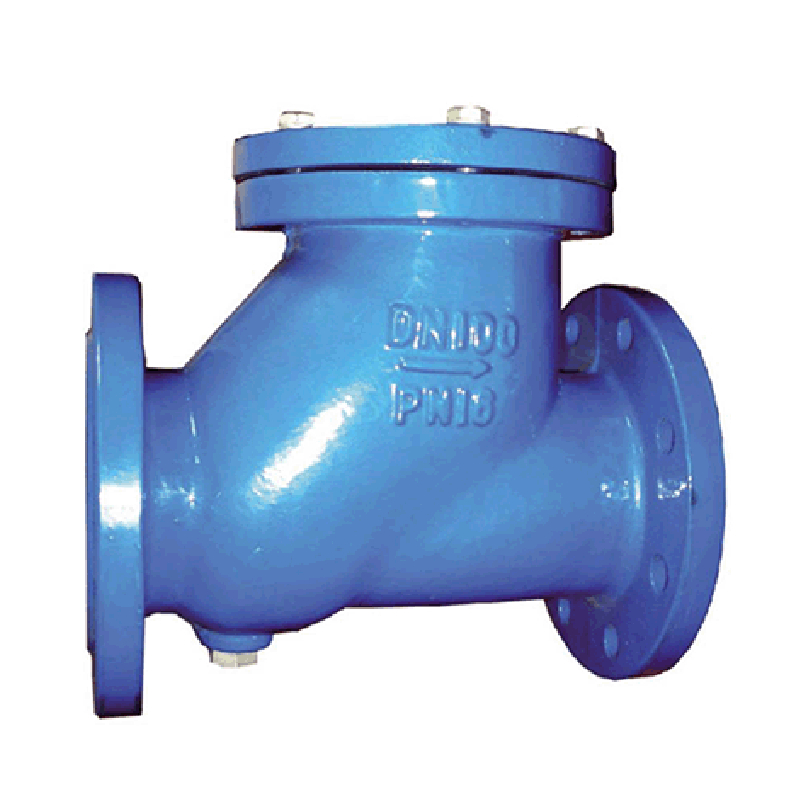Nov . 15, 2024 21:37 Back to list
non return swing check valve
Understanding Non-Return Swing Check Valves
Non-return swing check valves are pivotal components in various fluid handling systems. As crucial elements designed to prevent backflow, these valves ensure that the flow of fluids occurs in a single direction. This vital functionality helps maintain system efficiency and protects equipment from potential damage caused by reverse flow.
Key Features and Functionality
The core principle of a non-return swing check valve lies in its simple yet effective design. These valves consist of a valve body, a hinge point, and a disc. The disc is connected to the hinge and swings open when fluid flows in the desired direction. However, when the flow reverses, the disc swings back due to gravity or the fluid's pressure, sealing the valve and preventing backflow. This design is particularly effective in larger diameters and is commonly used in applications involving clean fluids, such as water and light oils.
One of the significant advantages of swing check valves is their ability to handle high-flow rates with minimal resistance. The disc swings out of the flow path, thus minimizing pressure loss. This characteristic makes them ideal for systems where maintaining flow efficiency is crucial.
Material and Design Considerations
Non-return swing check valves are available in various materials, including cast iron, stainless steel, and plastic. The choice of material depends on the specific application, including factors such as fluid type, temperature, and pressure. Stainless steel, for example, is commonly employed in applications where chemical resistance is necessary, while cast iron might be chosen for water and wastewater applications due to its durability and cost-effectiveness.
non return swing check valve

The design of a swing check valve can vary based on the installation requirements. Vertical and horizontal installations are possible, but it’s essential to select the appropriate type for the application to ensure optimal performance. Additionally, some models come with a spring-loaded mechanism that assists in closing the valve more quickly, reducing the risk of water hammer, a phenomenon that can cause substantial damage in piping systems.
Applications
Non-return swing check valves find applications in numerous industries, including water treatment, HVAC systems, and oil and gas production. In water treatment facilities, they are used to protect pumps and other equipment from backflow, which can lead to contamination. In HVAC systems, these valves help maintain the proper flow direction in piping networks, ensuring efficient heating and cooling operations.
In the oil and gas industry, swing check valves play a critical role in upstream and downstream processes. Their ability to prevent backflow is essential for maintaining system integrity and safety, particularly in high-pressure situations.
Conclusion
In conclusion, non-return swing check valves serve an essential purpose in fluid control systems by ensuring one-way flow and protecting machinery from potential damage caused by backflow. Their efficient design, material versatility, and wide range of applications make them indispensable in various industries. As technology advances, the development of these valves will continue to enhance system reliability, efficiency, and safety. For engineers and system designers, understanding the function and application of non-return swing check valves is crucial for creating robust and efficient fluid handling systems.
Share
-
Reliable Wafer Type Butterfly Valves for Every IndustryNewsJul.25,2025
-
Reliable Flow Control Begins with the Right Ball Check ValveNewsJul.25,2025
-
Precision Flow Control Starts with Quality ValvesNewsJul.25,2025
-
Industrial Flow Control ReliabilityNewsJul.25,2025
-
Engineered for Efficiency Gate Valves That Power Industrial PerformanceNewsJul.25,2025
-
Empowering Infrastructure Through Quality ManufacturingNewsJul.25,2025